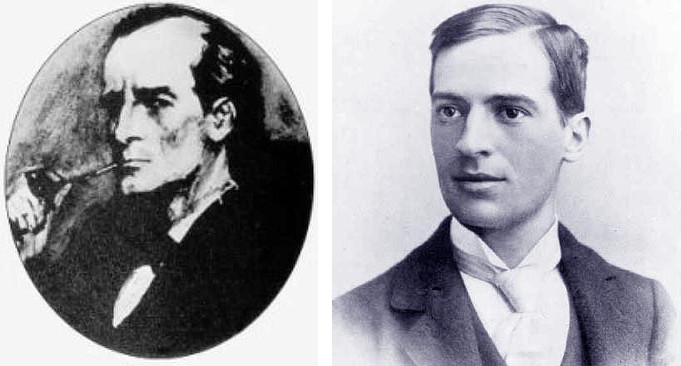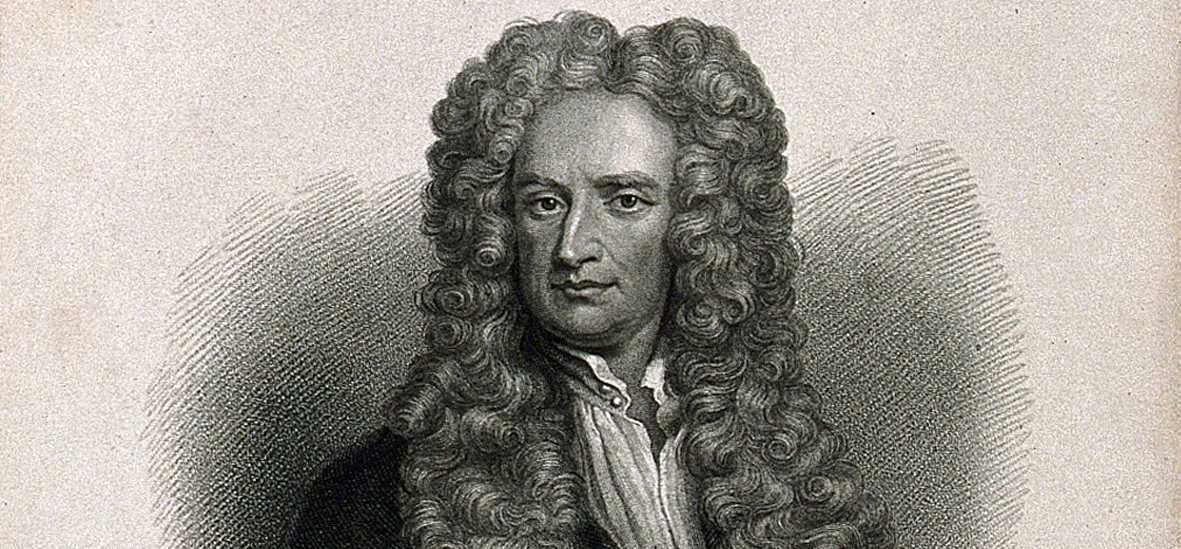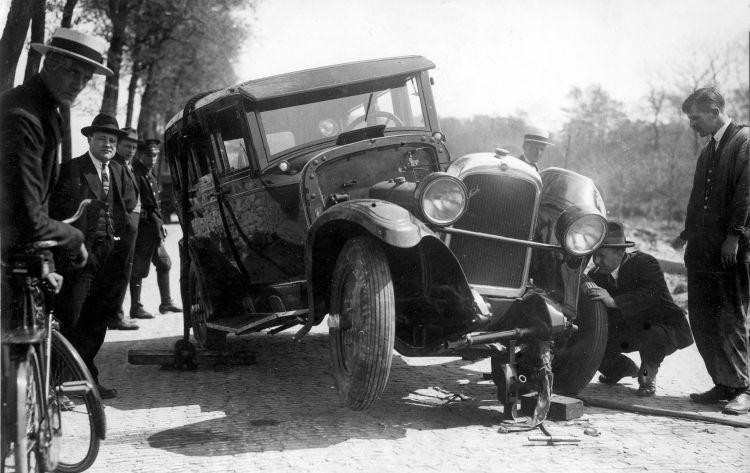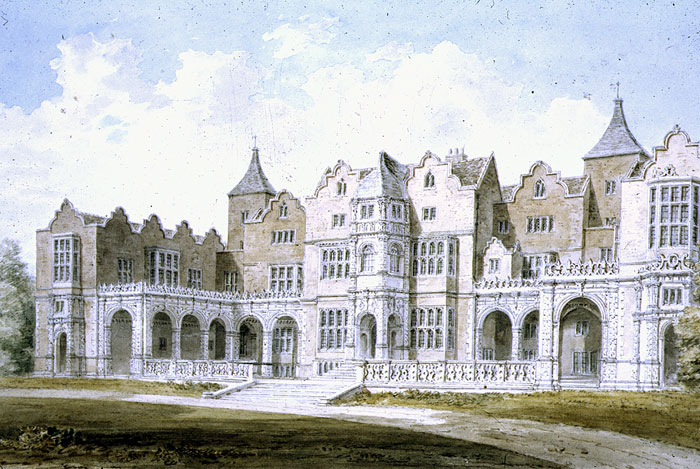
The red-crested tree rat hadn’t been seen since 1898 when one turned up at the front door of a Colombian ecolodge in 2011. It posed for photos for two hours and then disappeared again. “He just shuffled up the handrail near where we were sitting and seemed totally unperturbed by all the excitement he was causing,” said volunteer researcher Lizzie Noble. “We are absolutely delighted to have rediscovered such a wonderful creature after just a month of volunteering with ProAves.”
The Bermuda land snail had been thought extinct for 40 years when it turned up in a Hamilton alleyway. “The fact that there was so much concrete around them probably saved them from the predators that we believe killed the vast majority of the population island-wide,” ecologist Mark Outerbridge told the Royal Gazette. “People have been looking for these snails for decades and here they are surrounded by concrete and air conditioners living in a 100-square-foot alleyway in Hamilton.”
The mountain pygmy possum was first identified in a fossil in New South Wales in 1895 and thought to be extinct. Seventy years later, in August 1966, a live pygmy possum was found by chance in a ski hut in the Snowy Mountains of Victoria. R.M. Warneke telegraphed W.D.L. Ride, “BURRAMYS EXTANT STOP NOT REPEAT NOT EXTINCT STOP LIVE MALE CAPTURED MOUNT HOTHAM STOP AM TRYING FOR FEMALE.” The lonely possum died before a companion could be found, but four isolated populations of pygmy possums are now known to persist in the Snowy Mountains.
(Joseph F. Merritt, The Biology of Small Mammals, 2010.)






